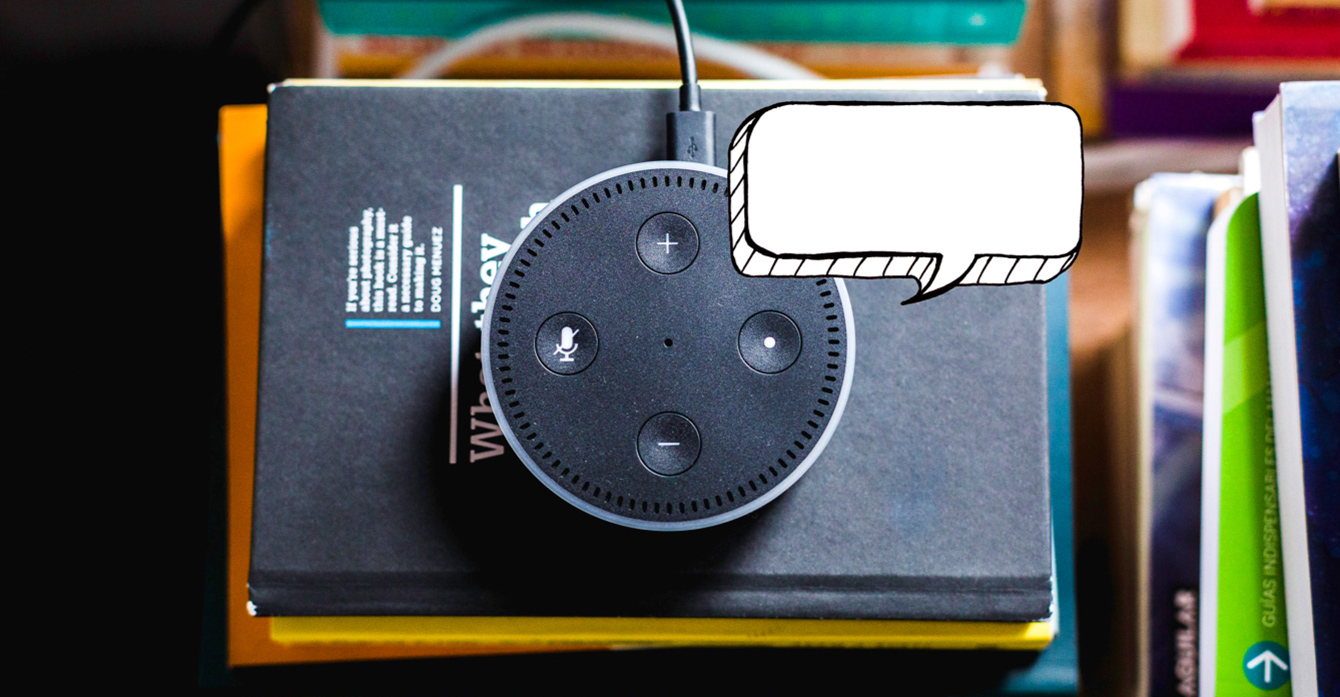Publicis Sapient’s government team has partnered with a number of U.S. government agencies and institutions to find new ways to ensure the public receives and absorbs evidence-based public health information in a timely fashion.
Over the past 10 years, new technologies and filtering algorithms have presented unprecedented digital barriers that require new strategies to ensure agencies can break through the cacophony of unreliable posts, tweets, websites, and forums that seek to share similar topical information.
More than ever before, people look to their smartphones for answers to critical questions. Instead of going to trusted websites or other direct sources of information, people are posing these questions to the major search engines, voice assistants, and each other. Convenience is queen.
However, COVID-19 has shown us that this convenience comes at a cost — especially when it comes to critical public health information. Fast answers, served up by ever-reprioritizing machines, do not always prioritize the evidence, accuracy, or nuance required when the topic is a critical public health emergency.

















